Creative tablescapes dynamically introduce your unique work!
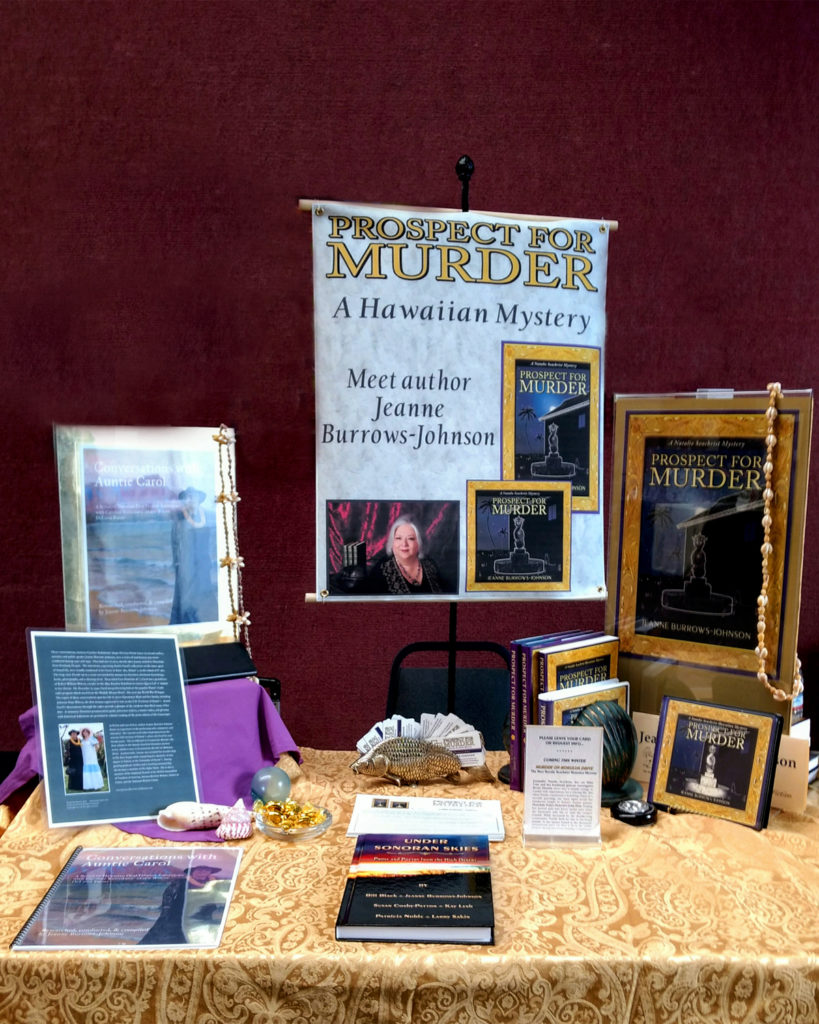
Recently, I participated in an art fair that reminded me of the need to anticipate inherent challenges you may experience in any event. As the old adage notes, you have only one opportunity to make a good first impression. One way to effectively introduce your unique work to new audiences is with a creative tablescape! While thinking about the elements that make your work remarkable, consider the following issues…
As a seller of the books I write, I have many opportunities to introduce my work. Sometimes the events are large like the Tucson Festival of Books [one of the largest book fairs in the U.S.]. At others, the occasion is small and cozy. Regardless of size, each event provides a chance to review your self-introduction and marketing from a new perspective…
BASIC ISSUES
Selecting Venues
The holiday season presents many occasions to participate in community or targeted audience events. With probable limits on the availability of time and money, you will want to choose among your opportunities carefully.
Appropriateness
Will the event you are considering increase public awareness and appreciation of your brand? While I now live in Tucson, Arizona, most of my work focuses on Hawai`i. Accordingly, I seek venues that appeal to a broad demographic of attendees and am unlikely to participate in a western-themed event.
Location and Travel Considerations
Is the event located in or near your city? How far will you have to travel to participate? The distance you must travel from your home to the event will affect the cost of transporting yourself and your product[s].
Event Size
The size of an event will impact the numbers of people with whom you will have contact. That may affect the nature and dimensions of your materials and tablescape layout. Do you already possess the materials you will need, or are there extraordinary expenses to be paid or traded in one opportunity over another?
Attendees
Some events, like a county or state fair will attract diverse types of people. Others may be focused on a niche market. Ask yourself, which among your top opportunities is the best fit for meeting your current customer/reader base and what might appeal to a new demographic?
Cost of Event
In addition to the fee for participating in an event, there may be additional expenses such as: Lodging; meals; parking; secondary transportation such as delivery and setup of your product[s] and display elements; paying for assistants. There may even be financial transaction fees, as some non-profit events charge a percentage for each sale you make.
Secondary Benefits of an Event
Beyond the event itself, are there any benefits to be realized, like connecting with family, friends, colleagues, and your editor and/or publisher? Might there be an opportunity for you to combine the benefits of this event with something else…an advertising campaign? A book signing at a store or library? A podcast and/or interview?
PACKING PRODUCTS & SUPPORT MATERIALS
Carefully pack your products and promotional materials with an eye toward unpacking and setting them up for the event. For example, if you will be using tablecloths, it is a good idea to have them available for immediate use upon your arrival at the venue. As an author, I am also careful to place my supplies of books at the bottom of carts and boxes as they are heavy and could damage lighter weight décor and other display materials.
DISPLAYS
Your tablescape should be a stimulating yet tasteful presentation of your product[s] should include consideration of maintenance throughout the activity as well as the distinctive elements of your branding! What are colors and textures distinguish your brand? What will be the backdrop for your space? Can you hang a colorful curtain…on the back of a tent, or perhaps a screen behind your table display? Might a montage of book jackets make an appealing branding accent? Are there elements in your tablescape that can be easily dislodged by visitors?
Fliers, folding business cards and bookmarks, and bookplates are the primary handouts I offer visitors. At the art fair, I found that fewer readers desired bookmarks than in the past, and no one wished to leave their contact information, even if they were returning customers. Thank goodness my other handouts assure people can contact me if they wish to do so! And, with my distinctive name, I think everyone will be able to find their way to “Contact” forms on my websites!
I continually monitor the restocking and alignment of the elements of my tablescape. This includes business cards, bookmarks and fliers, which means I have to select bookends and containers that are sturdy enough to keep your display tidy. With three titles and several editions in the Natalie Seachrist Hawaiian Mysteries, plus other projects, I’m contemplating using folding metal shelving to display my books to full advantage…
OPERATIONAL SUPPLIES
What secretarial/display supplies might you need? While you can prepare a standard container of supplies, review your collection prior to every event. When I will be outside, I make sure to include a few heavy items to keep paper materials from being caught up in unexpected changes in wind or other weather conditions.
~ Pens. In addition to pens for general writing purposes, I must include a few that are waterproof and can flow appropriately across title pages at book signings.
~ Secretarial supplies. These might include scissors, pencils, tape, plastic bags [for storage and product purchases], paper clips, rubber bands, string and/or cording, a lined note pad may prove useful to fellow vendors if not you.
~ Transactional supplies. Receipt forms/books, note pad for random reminders of products to order, etc., and a mechanism for taking electronic payments.
PERSONAL PREPARATION
Dress appropriately for your product and the event. Have a filling meal before the event and drink fluids during it. Snack foods should not be messy nor create crumbs you cannot swallow easily. Carry several bottles of plain water that are not too cold. Carbonation may cause digestive discomfort; and anything with color can become a disaster to clothing or products if spilled. If you will be speaking for prolonged periods, you consider adding lemon juice, but only if you’ve tried it previously. Remember to have a go-to-bag with a comb, tissues, disinfecting handwipes [good for post cash sale usage], lip balm and/or lipstick to moisten your lips. Throat lozenges will also moisten your mouth, freshen your breath, and can provide an emergency boost to your sugar level.
PUBLICITY AND MARKETING
While there may be a limited potential for making sales at an event, can you gain positive attention for your work before, during and after the event? For the art fair, I added announcements to the News and Events pages of my author and marketing tip websites, as well as my personal and professional Facebook pages. In addition, I included a notice about the event in general emails sent to a couple of hundred people and organizations in my data base. Your options may vary from mine, but consider them all…especially social media!
POST-EVENT CONSIDERATIONS
~ Preparing for Departure. Hopefully, you have sold and distributed much of the product and promotional material with which you arrived. Keep in mind that that is no guarantee that everything can be repacked in the methodical manner in which you arrived. If you will be participating in frequent events, have a plan for repacking in preparation for the next occasion, with heavy items on the bottom and more fragile pieces on top.
~ Expressing Your Gratitude. Customized expressions of gratitude will help assure that your participation is memorable and that you may have made significant contacts for future! This includes thanking event organizers and media outlets that may have enhanced the experience for both event vendors and attendees.
~ Announcing the Results. To truly benefit from the exertion it takes to participate in even a small event, you will find it appropriate to notify colleagues, the media, and followers of many types about the results of the event. On the last day of the arts fair, my latest Hawaiian mystery, Murders of Conveyance, took first place in the category of Fiction-Adventure in the New Mexico/Arizona Book Awards. This provided me with an excellent reason for contacting many people and organizations in my database!
Wishing you the best in your creative endeavors,
Jeanne Burrows-Johnson, author, consultant, and motivational speaker
To learn more about the award-winning Natalie Seachrist Hawaiian Mysteries, including Murders of Conveyance [Winner, Fiction Adventure-Drama, 2019 New Mexico-Arizona Book Awards] and other projects, please drop in at my author’s website JeanneBurrows-Johnson.com. You’ll even find Island Recipes that might inspire your culinary creativity.
For more ideas to strengthen your Wordpower© and branding, please visit: Imaginings Wordpower and Design Consultation.
Follow Me:
Amazon, Arizona Authors Association, Apple Books
Audible, Authors Den, Barnes and Noble, Blogarama, Book Bub
Cozy Mysteries-Unlimited, Facebook, Good Reads, Hometown Reads
Book sellers may contact book distributors such as:
Baker & Taylor, Follett, IPG, Ingram, Mackin, Midpoint, TitleWave


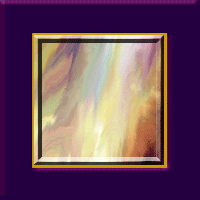
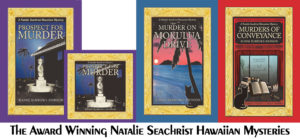
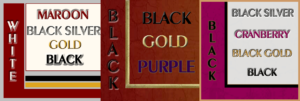
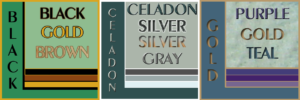
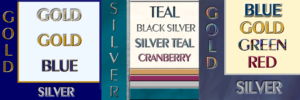
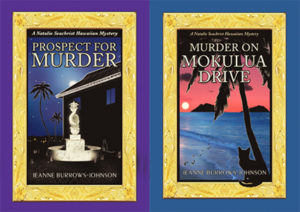
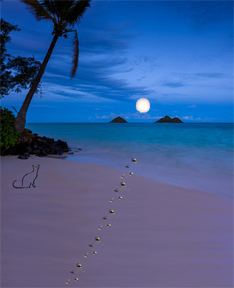
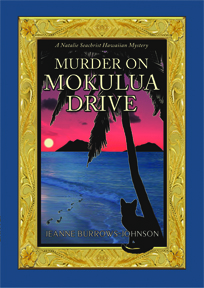
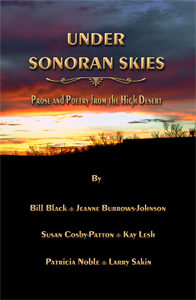
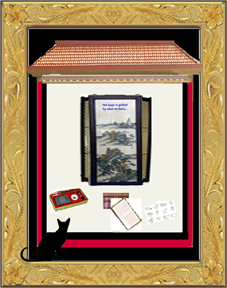
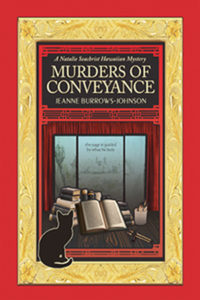

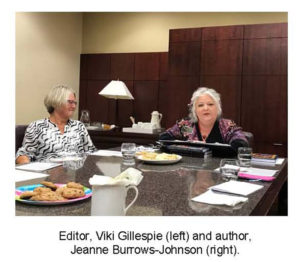
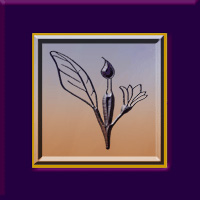
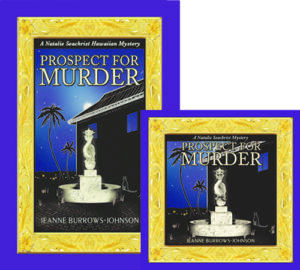
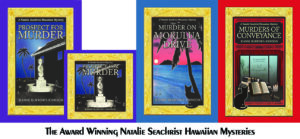
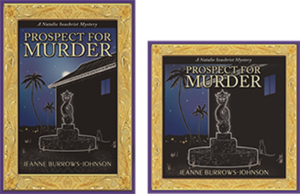
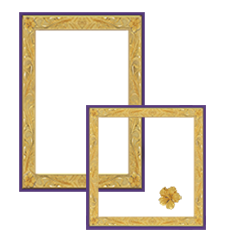
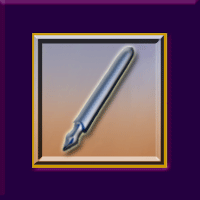
 Confronted By a Fantasia of Fonts?
Confronted By a Fantasia of Fonts?